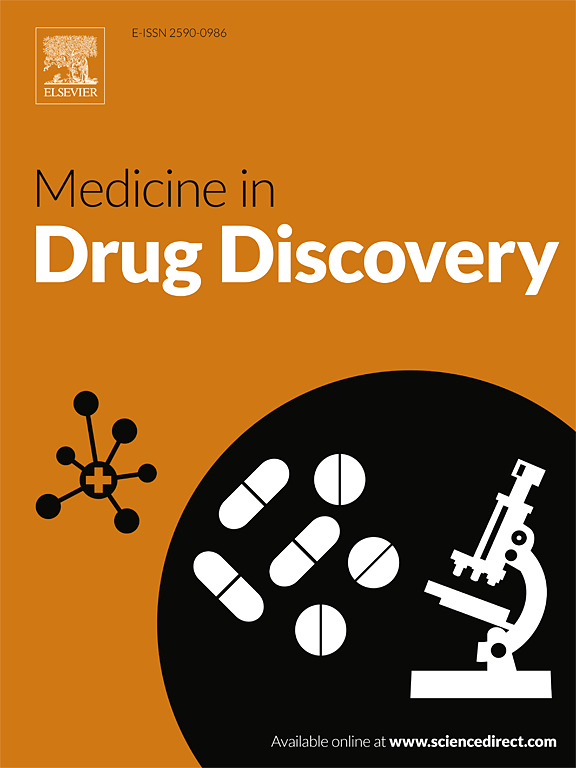Bacterial-based drug delivery systems: A new way to combat infectious disease
Q2 Medicine
引用次数: 0
Abstract
Recent advances in targeted drug delivery system (DDS) have generated high expectations for the treatment of various diseases. The main advantages of DDS are precise and efficient drug delivery, increased concentration and effectiveness of drugs at the site of action, minimal systemic distribution of harmful drugs, and reduced side effects. The choice of DDS often depends on the specific disease being treated, with common options including liposomes, nanoparticles, microspheres, and various biomaterials such as cell lines and microbial components.
DDS is most prominent in cancer therapy, where challenges such as limited access to tumor tissues and drug-inactivating environments complicate treatment. However, in recent decades, the emergence of antibiotic resistance and the therapeutic difficulties associated with chronic and intracellular bacterial infections have made infectious diseases a key focus for DDS development. Initial DDS approaches for bacterial infections were based on nano-derivatives. During more advanced stages of research, even the bacteria themselves became vehicles for DDS focused on microbial infections. All aspects of the bacteria- cell lysates, envelopes, derived vesicles, spores, and so forth-have been evaluated as DDS. This form of DDS does not only promote the immediate treatment of an infection but also expedites recovery times through immunological manipulation. Despite these advancements, there remains a lack of cohesive data regarding bacterial DDS in the treatment of infectious diseases. Therefore, this review aims to provide an overview of the various types of bacterial DDS, their applications, advancements, and the challenges they face.

基于细菌的药物输送系统:对抗传染病的新方法
靶向给药系统(targeted drug delivery system, DDS)近年来的进展使人们对多种疾病的治疗产生了很高的期望。DDS的主要优点是给药精确和高效,增加作用部位药物的浓度和有效性,减少有害药物的全身分布,减少副作用。DDS的选择通常取决于所治疗的特定疾病,常见的选择包括脂质体、纳米颗粒、微球和各种生物材料,如细胞系和微生物成分。DDS在癌症治疗中最为突出,在癌症治疗中,诸如限制进入肿瘤组织和药物失活环境等挑战使治疗复杂化。然而,近几十年来,抗生素耐药性的出现以及与慢性和细胞内细菌感染相关的治疗困难使传染病成为DDS发展的关键焦点。最初用于细菌感染的DDS方法是基于纳米衍生物的。在更高级的研究阶段,甚至细菌本身也成为专注于微生物感染的DDS的载体。细菌的所有方面——细胞裂解物、包膜、衍生囊泡、孢子等等——都被评估为DDS。这种形式的DDS不仅促进感染的立即治疗,而且通过免疫操作加快恢复时间。尽管取得了这些进展,但仍然缺乏关于细菌DDS治疗传染病的一致数据。因此,本文就不同类型的细菌DDS及其应用、进展和面临的挑战进行综述。
本文章由计算机程序翻译,如有差异,请以英文原文为准。
求助全文
约1分钟内获得全文
求助全文
来源期刊

Medicine in Drug Discovery
Medicine-Pharmacology (medical)
CiteScore
8.30
自引率
0.00%
发文量
30
审稿时长
21 days
期刊介绍:
 求助内容:
求助内容: 应助结果提醒方式:
应助结果提醒方式:


